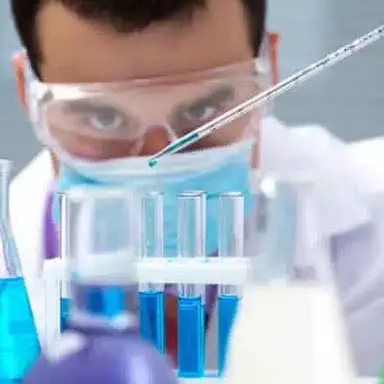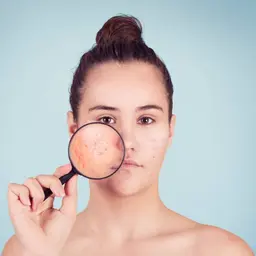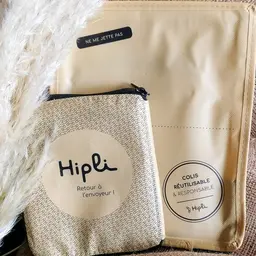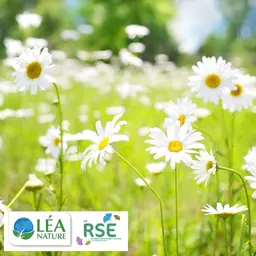
Cosmetic regulations require cosmetic products to be safe for human health under normal and reasonably foreseeable conditions of use. Before a product is placed on the market, a safety assessment must be carried out and signed off by a safety assessor. To do this, a range of data must be studied. A Toxicological Reference Value, generally derived from an animal study, must be determined for each substance identified in order to calculate its safety margin. Animal testing on cosmetic ingredients and finished products has been banned for many years, so how can the safety of innovative cosmetic ingredients be assessed? Corinne Benoliel, from Institut Scientis, explains.
How to write an article on cosmetic safety assessment without starting with the definition of a cosmetic product?
With reference to European Regulation no. 1223/2009, a cosmetic product is defined as being “any substance or mixture intended to be placed in contact with the external parts of the human body (epidermis, hair system, nails, lips and external genital organs) or with the teeth and the mucous membranes of the oral cavity with a view exclusively or mainly to cleaning them, perfuming them, changing their appearance, protecting them, keeping them in good condition or correcting body odour.”
The epidermis, yes! Not the dermis!
Background
Cosmetic regulations require cosmetic products to be safe for human health under normal and reasonably foreseeable conditions of use.
Before a cosmetic product is placed on the market, a safety assessment must be carried out and signed by a qualified person: the safety assessor, commonly known as a “toxicologist”.
To assess the safety of a cosmetic product, each substance contained in each raw material of the finished cosmetic formula must be evaluated. The substances are the ingredients, the voluntary substances in the product, and the traces, the unintentional substances that may come from the raw materials but …













